André Wogenscky,
a humanist architect
André Wogenscky (1916-2004) designed several flagship buildings of the 30-years post-war boom, such as the university hospitals in the Saint-Antoine and Necker hospital in Paris, the Maison de la Culture in Grenoble and the Hauts-de-Seine Prefecture in Nanterre.
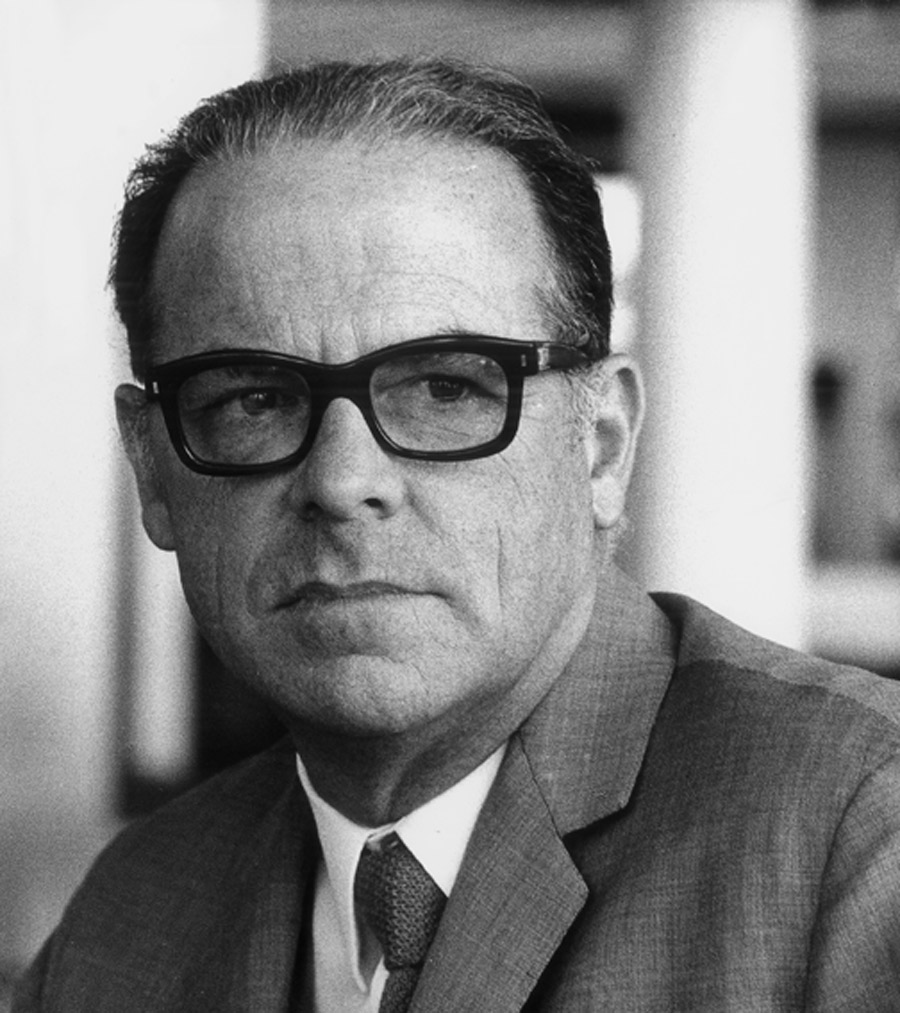
An activist of social progress
Imbued with the humanist values that were so popular with the decision-makers and actors of these three decades, he works on the various fields in which the powerful desire for change in French society was expressed.
A pioneer in the democratization of art
He was involved in the ambition to make cultural creation accessible to the greatest number of people, by designing the Marquisats socio-cultural center in Annecy and the Maison de la Culture in Grenoble, and by planning, at the request of André Malraux, the Musée du XXe siècle and the four art schools in La Défense.
He participated in the social integration of young people by building the Youth and Culture Centers in Bures-sur-Yvette and Besançon, and the Clairvivre center in Saint-Étienne.
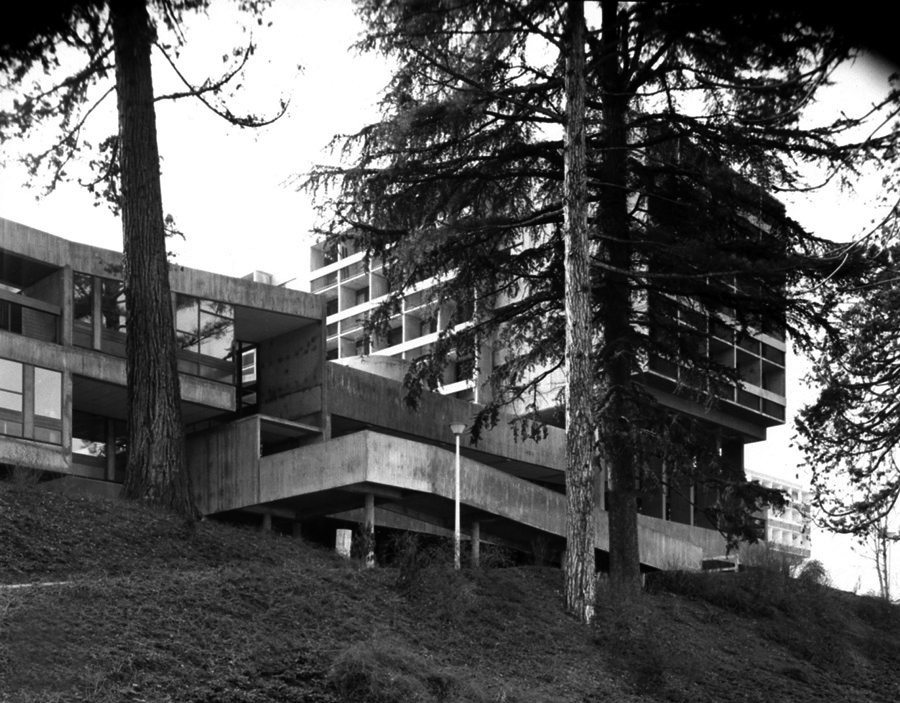
Socio-cultural complex / Les Marquisats / Annecy / 1965 / ©Gérard Ifert 
House of Culture, Grenoble / 1967 / ©Gérard Ifert 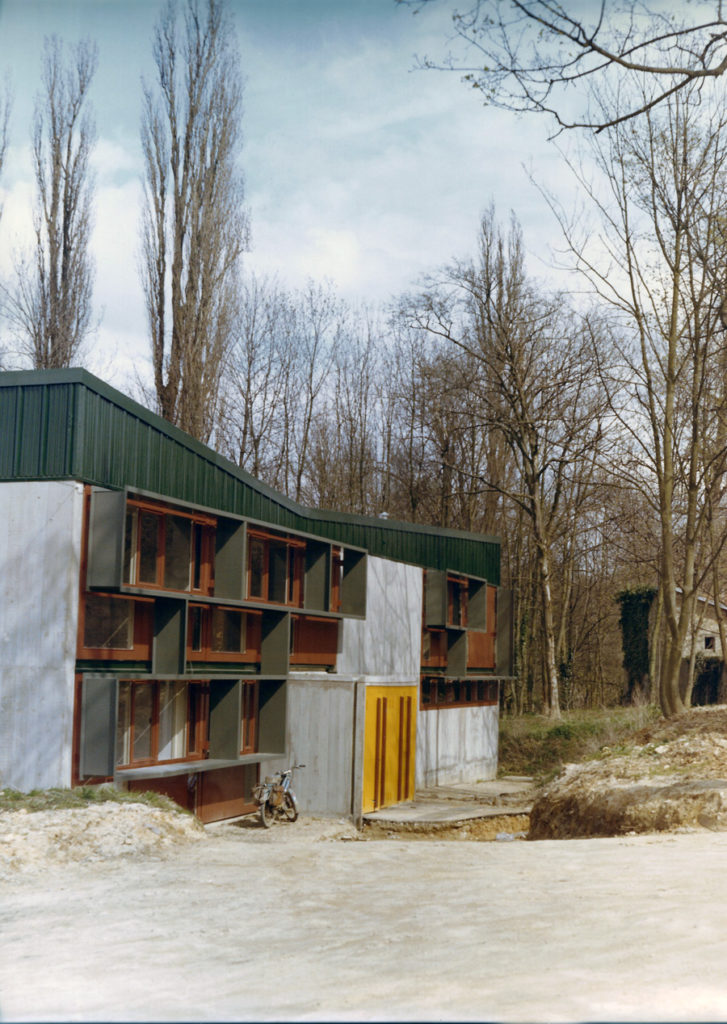
House of Youth and Culture / Bures-sur-Yvette, with Louis Miquel / 1970 / ©DR.
Various sectors of intervention
He renewed the spaces of industrial production for Oric in Boussay, ; those of the Prefectural Administration in Nanterre; those of tertiary work for EDF in Charleville-Mézières; those of Health with the hospitals of Flers, Aigle, Luçon and Corbeil-Essonnes. He also developed the education sector with the school canteen in Marçon, the leisure sector with the vacation center in La Garde-Freinet, and even the transport infrastructure sector with the Auber RER station in Paris.
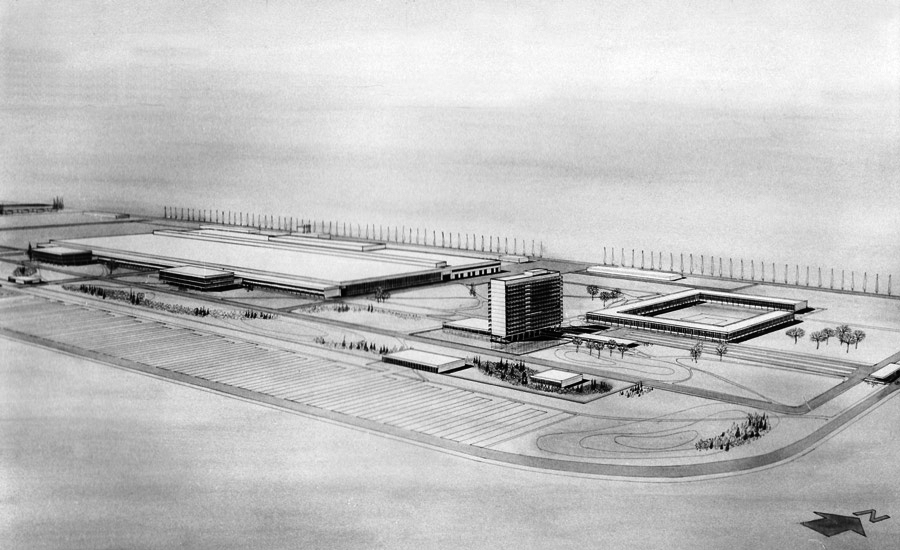
Snecma Factory / Corbeil-Essonnes / 1969 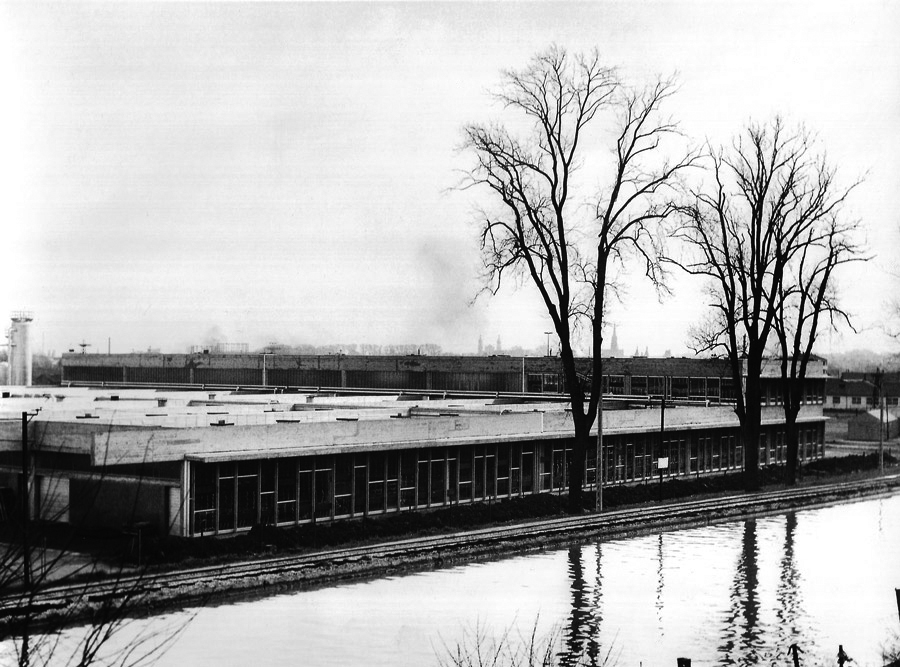
Permali Factory / Maxéville / 1964 / ©DR. 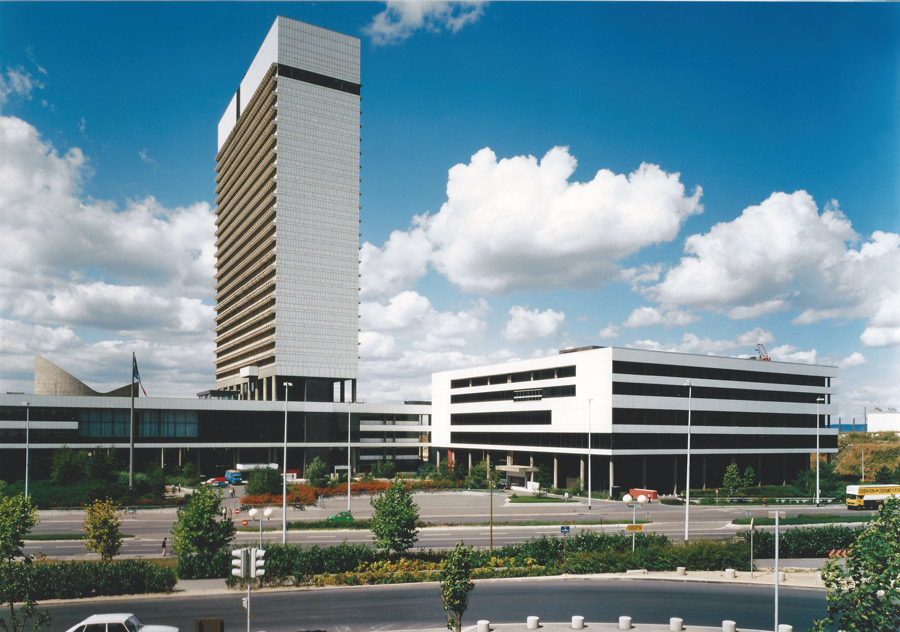
Hauts de Seine Prefecture / Nanterre / ©DR. 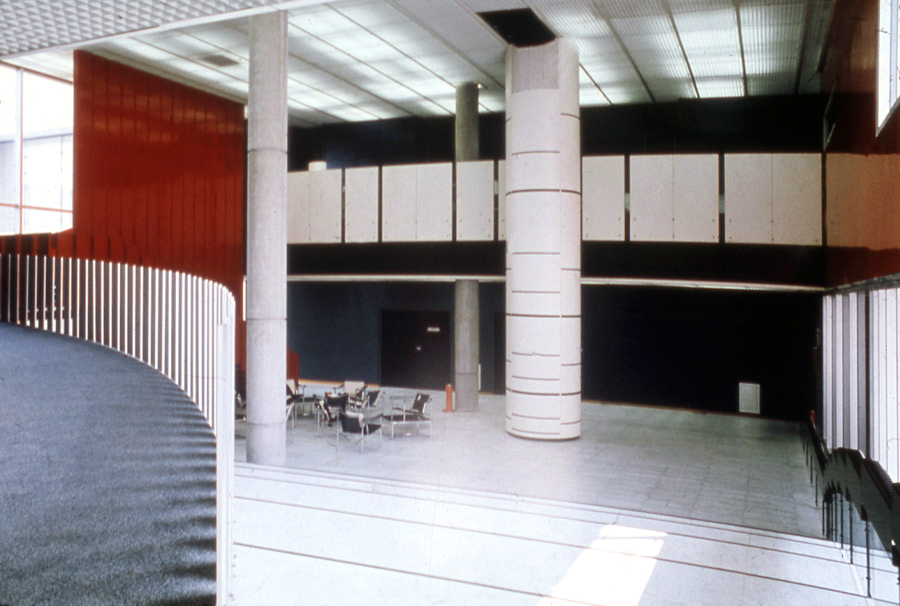
Hauts de Seine Prefecture / Nanterre / ©DR. 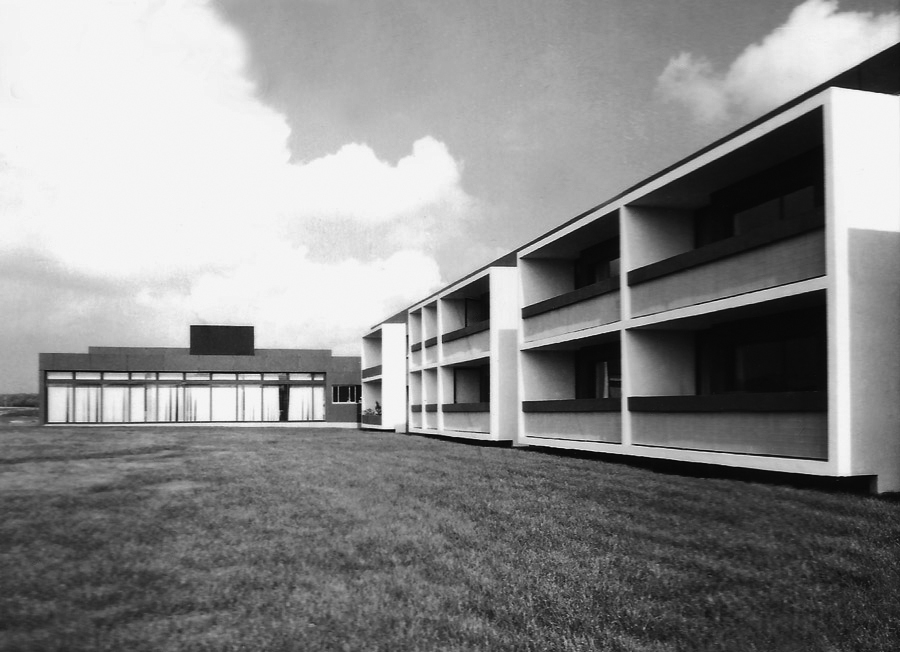
Retirement Home / L’Aigle / 1971 / ©DR. 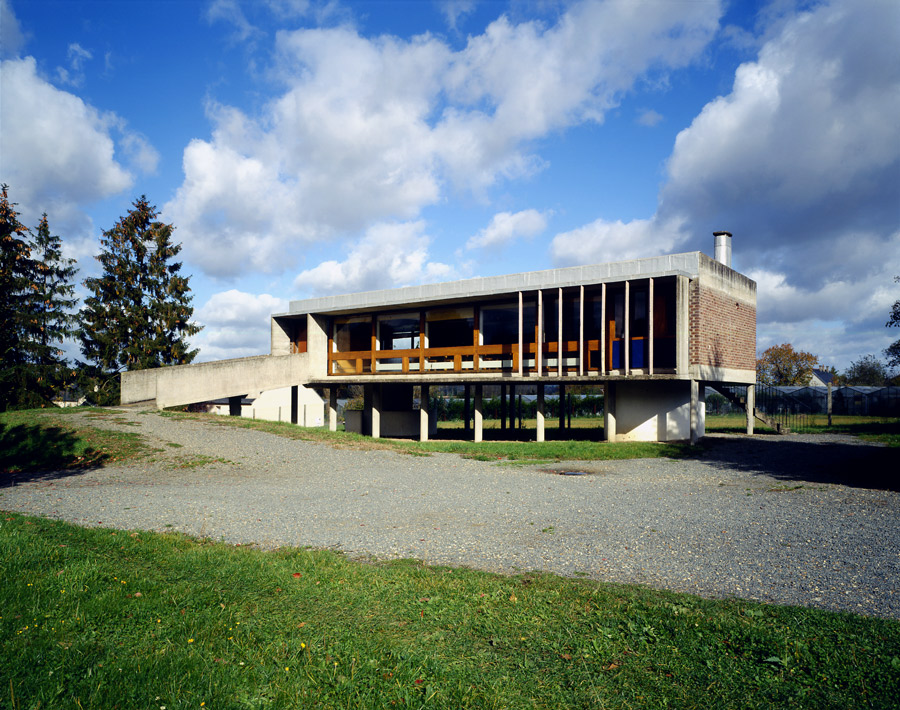
School Canteen, Marçon, 1958 / ©Bernard Renoux, DR. 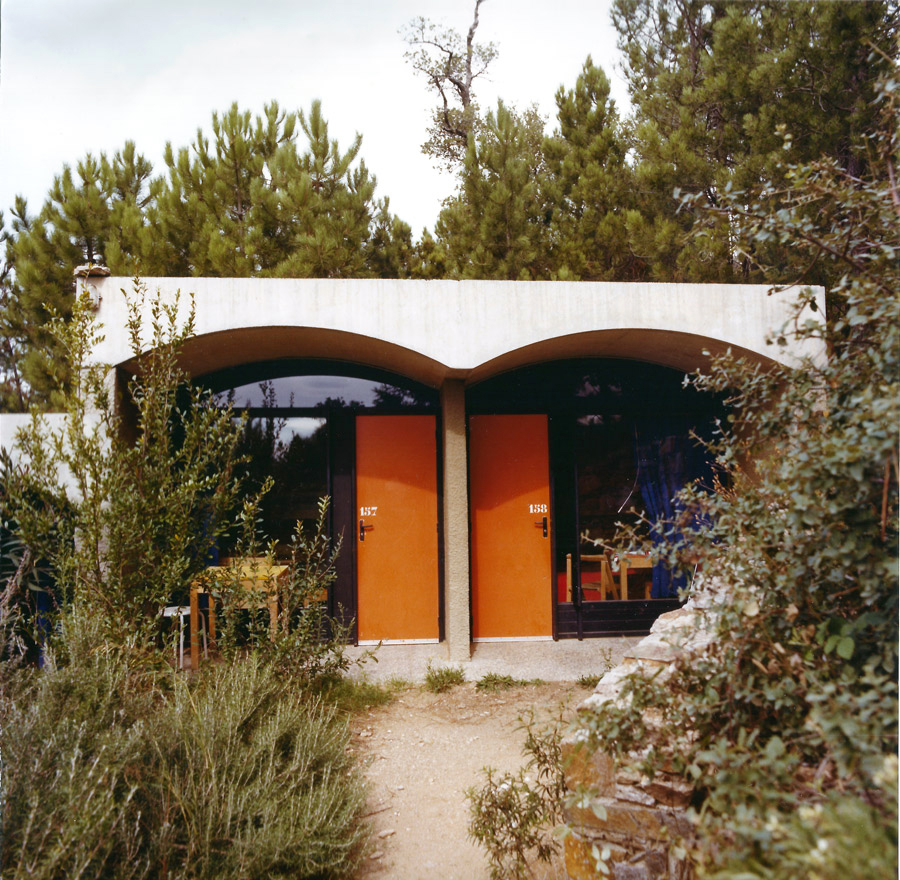
Vacation Center Léo Lagrange / La Garde-Freinet / 1976 / ©DR. 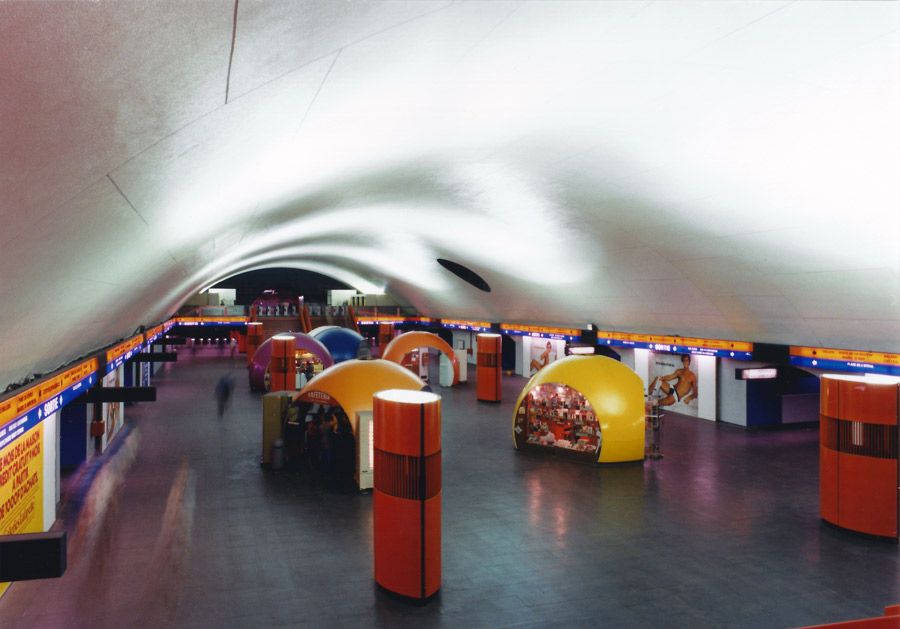
Auber train station / Paris / 1972 / ©DR.
Architecture, actor of social evolution
He contributed above all to the redefinition of social housing, which he intended to adapt to the new status of women, to the evolution of family values and educational principles, as well as to the appearance of elements of comfort and household appliances. He built the Thionville complex, individual houses in Saint-Brévin-l’Océan, a workers’ housing estate in Saint-Macaire-en-Mauges, and the housing units in Marseille, Nantes, Briey, Berlin and Firminy, all five of which were co-designed with Le Corbusier.
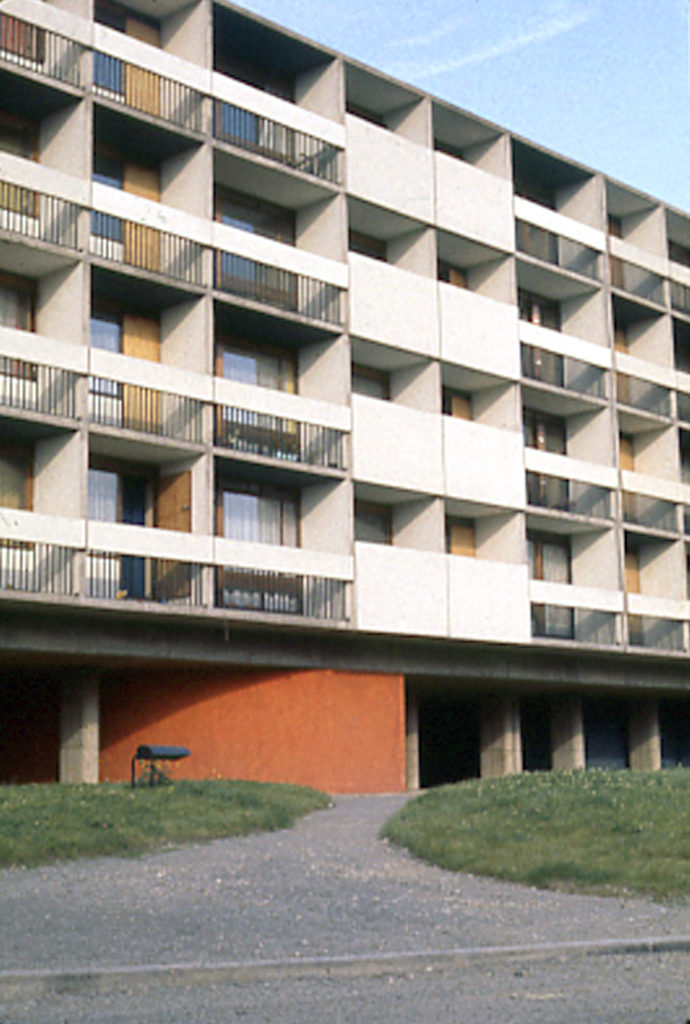
Priority area for urbanization, Thionville / Haute-Yutz / 1965 / ©DR. 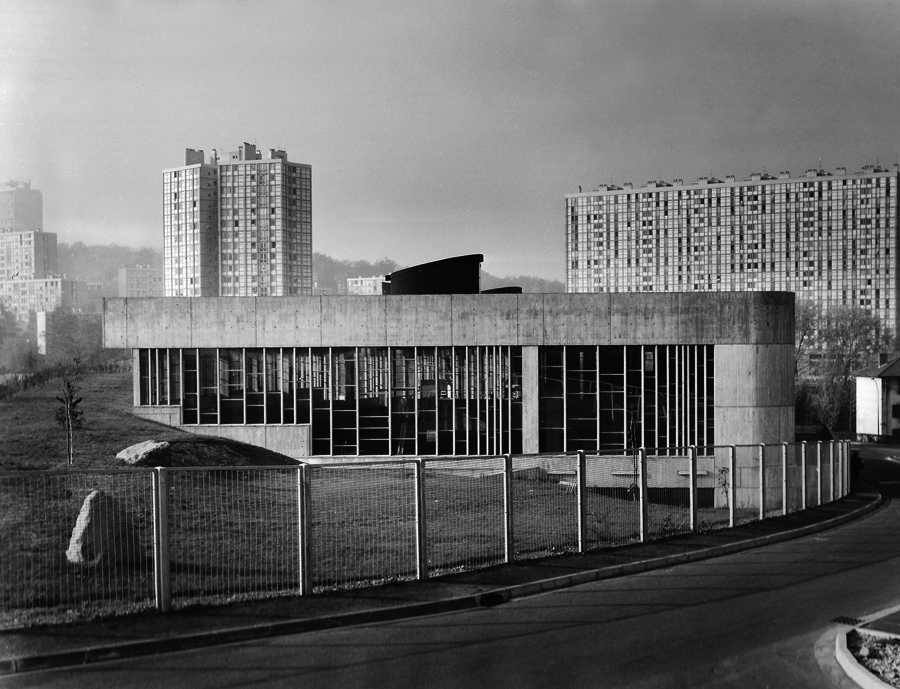
Municipal Pool André Wogenscky / Firminy / 1970 / Label XXth century Patrimony / ©DR. 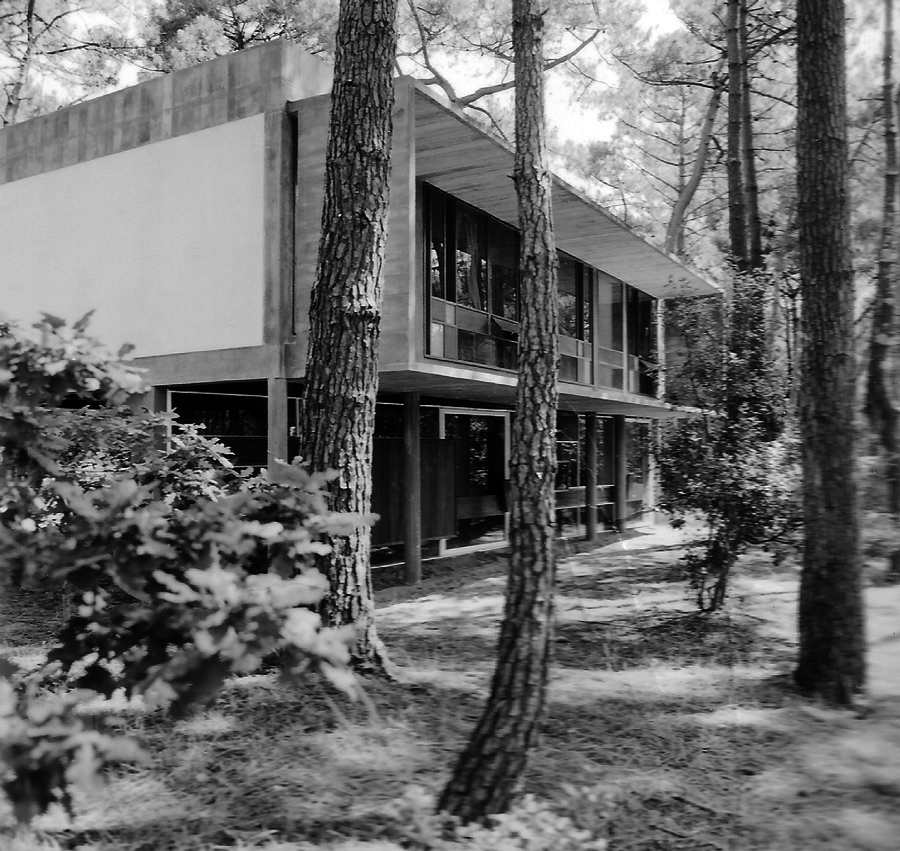
Chupin House / Saint-Brévin-l’Océan / 1960 / ©DR 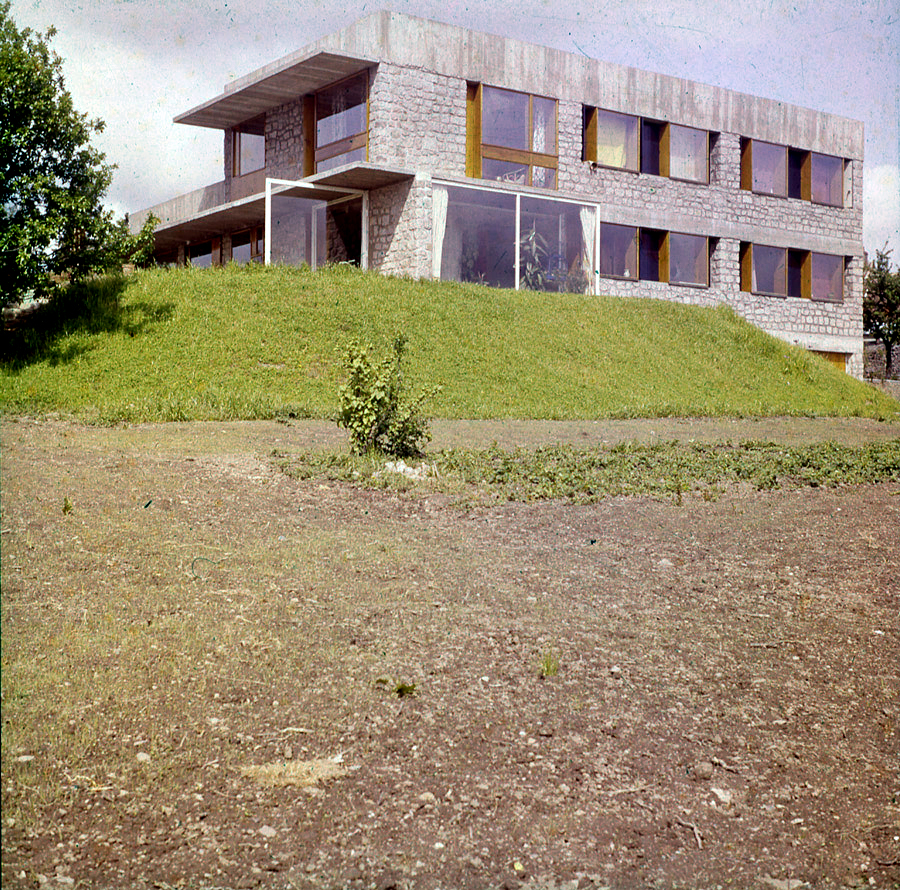
Bandelier House, Saulieu, 1957 Label XXth Century Patrimony) / ©Gérard Ifert 
Bandelier House, Saulieu, 1957 (XXth century Label Patrimony) / ©Gérard Ifert 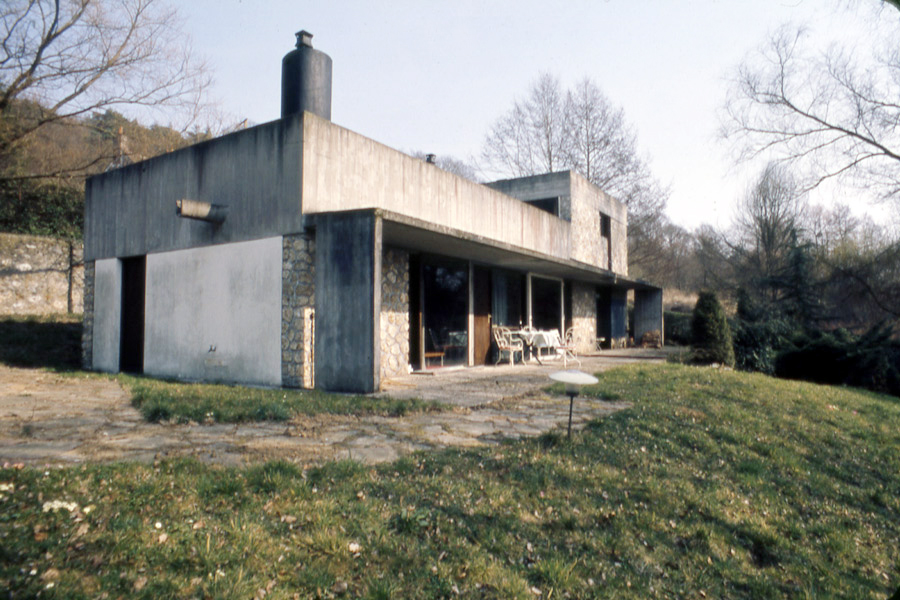
Ducret House, Saint-Forget, 1957 / ©DR. 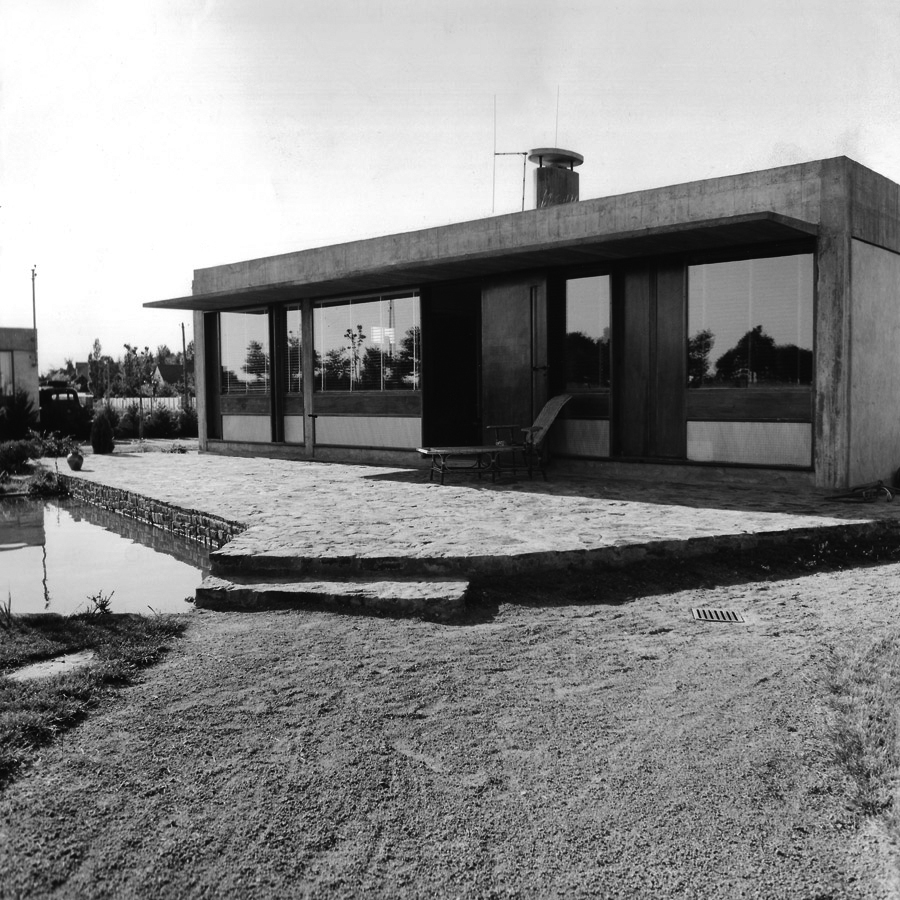
Chupin Subdivision / Saint-Macaire-en-Mauges / 1960 / ©Gérard Ifert
The international architect
For more than two decades, he was also one of the most active representatives of the French presence in the countries of the Middle-East. For instance, in Beirut, he built the Lebanese Ministry of Defense. Although his major projects for leisure, sports, cultural and military facilities were not realized, a private commission allowed him to end his career with the construction of the Takarazuka University of the Arts in Japan.
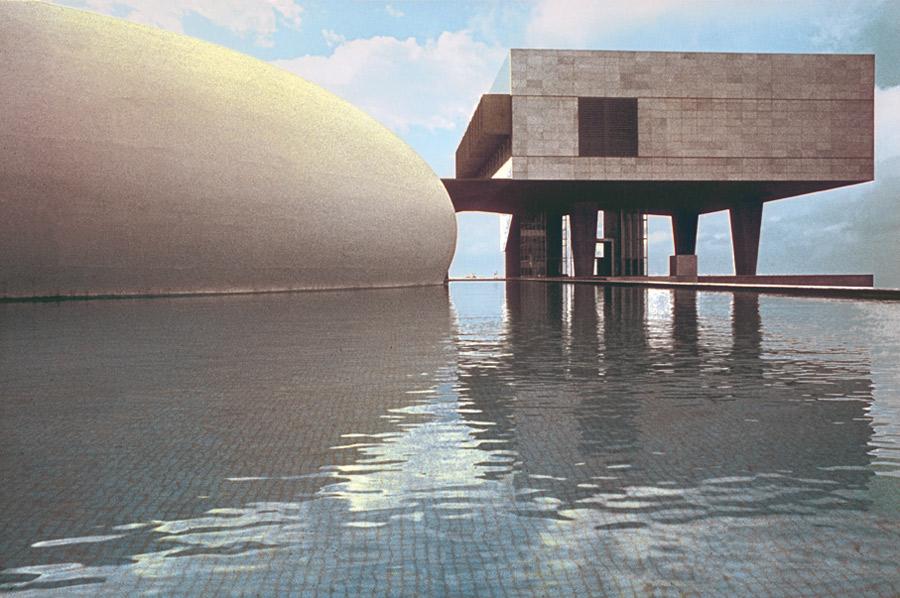
Ministry of Defense / Beyrouth / 1968 / © Pierre Joly and Véra Cardot 
Ministry of Defense / Beyrouth / 1968 / © Pierre Joly and Véra Cardot 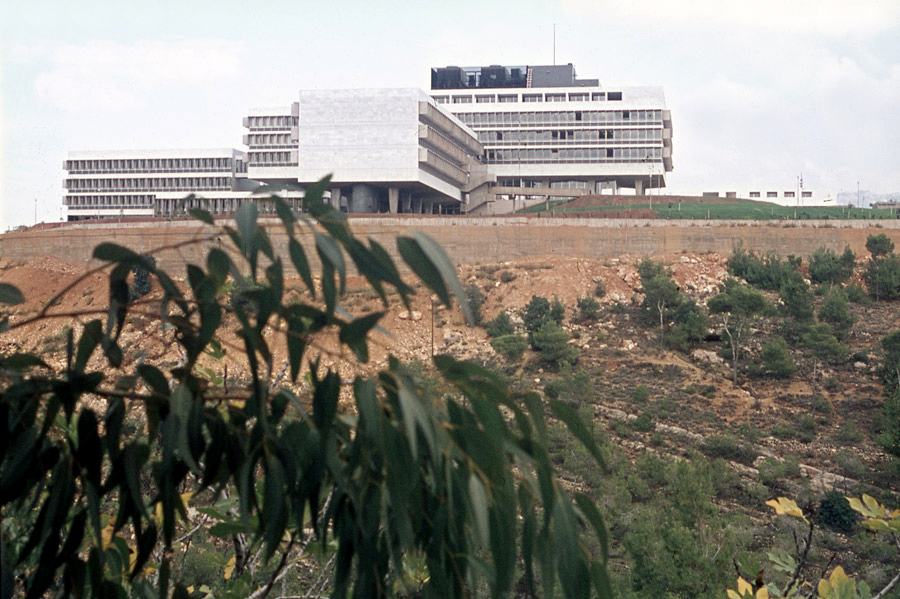
Ministry of Defense / Beyrouth / 1968 / © Pierre Joly and Véra Cardot 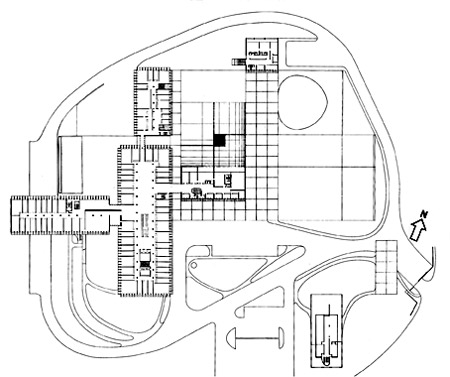
Ministry of Defense / Beyrouth / 1968 / © Pierre Joly and Véra Cardot 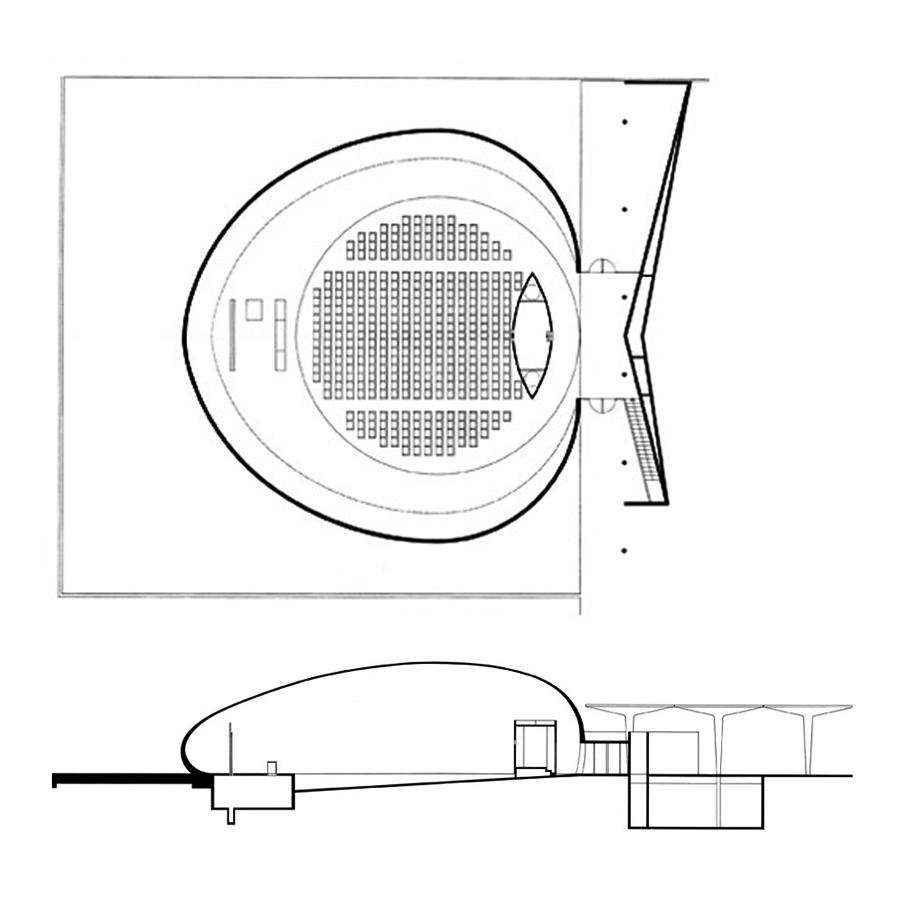
Ministry of Defense / Beyrouth / 1968 / © Pierre Joly and Véra Cardot 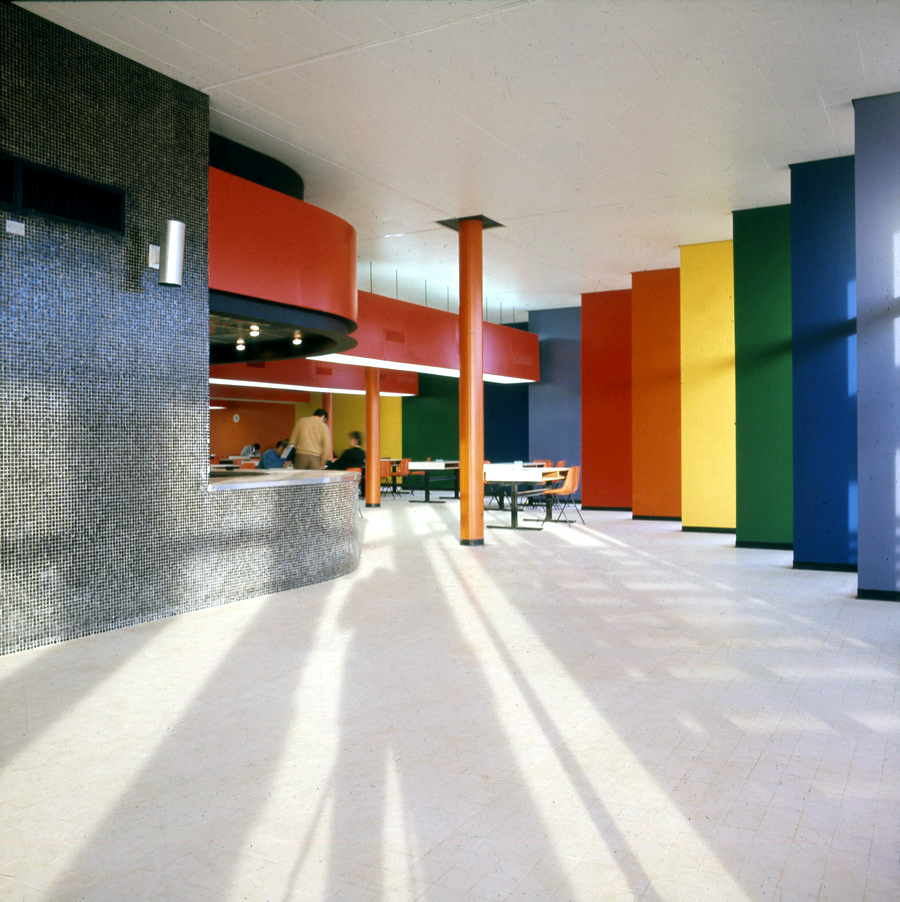
Faculty of Sciences / Beyrouth / 1969 / ©DR. 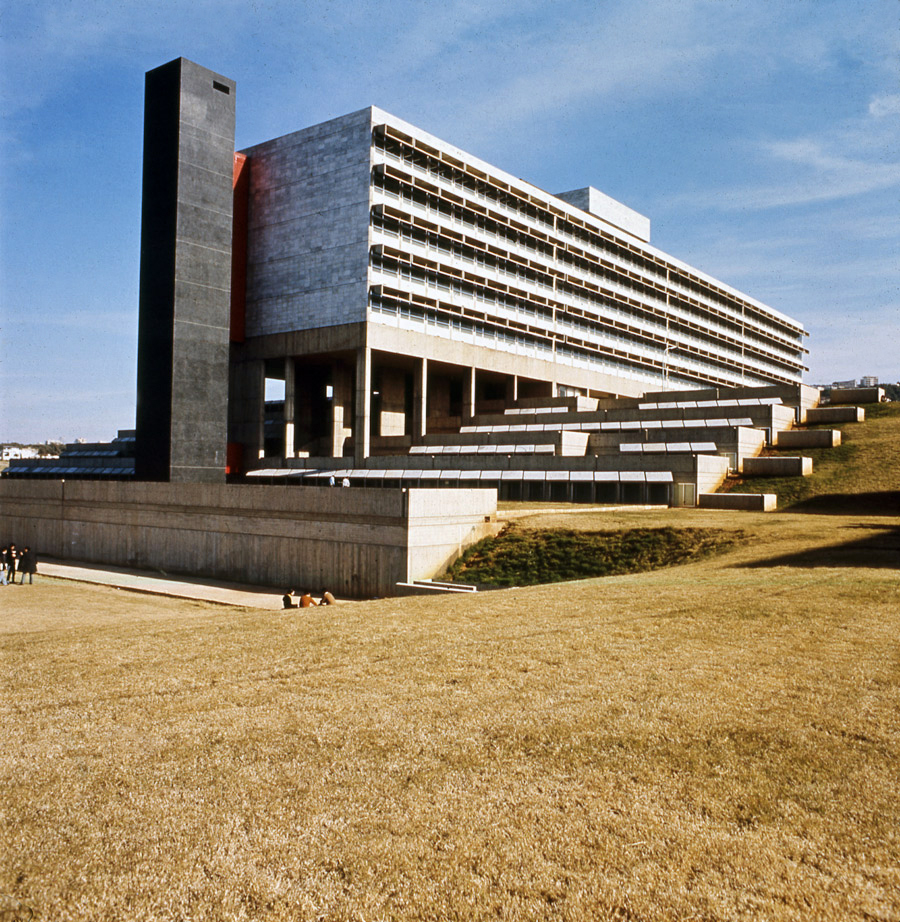
Faculty of Sciences / Beyrouth / 1969 / ©DR. 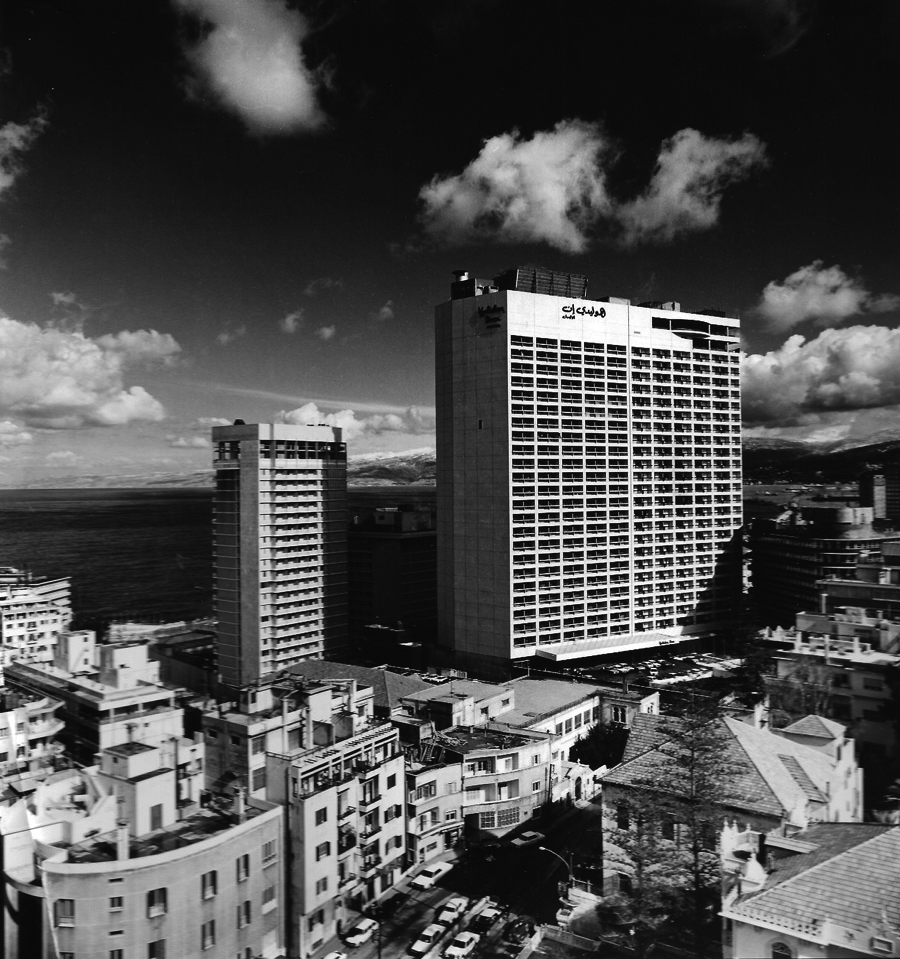
Holliday Inn Hotel and Saint Charles City Center / Beyrouth / 1974 / ©DR. 
Arts University / Takarazua / Japon / 1983 / 1994 /©DR. 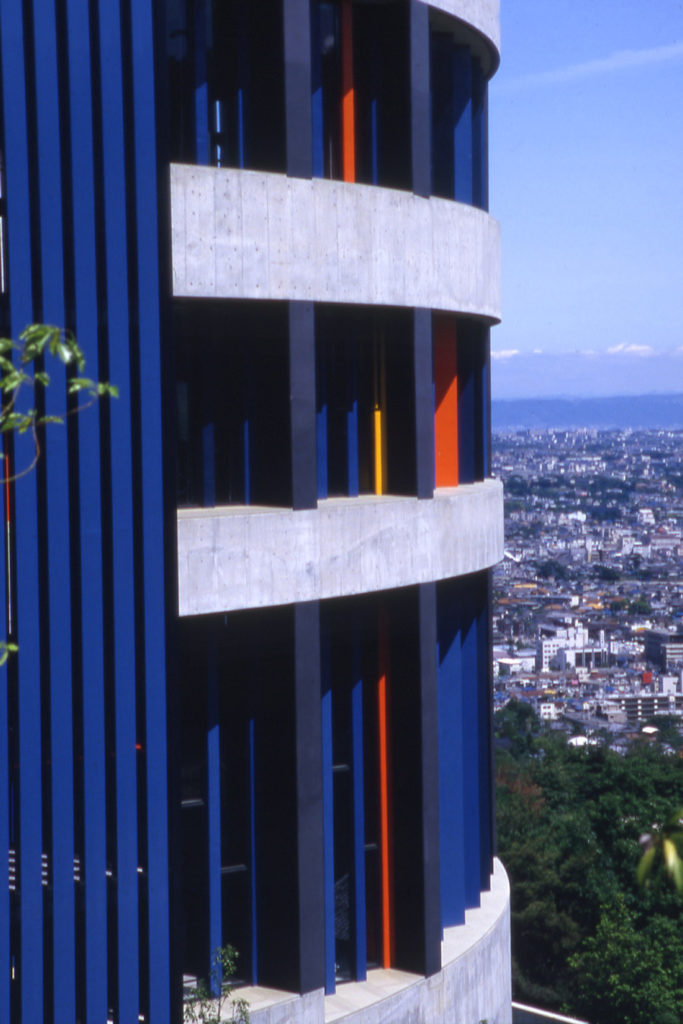
Arts University / Takarazua / Japon / 1983 / 1994 /©DR.
A desire for transmission
Throughout his career, he has inscribed his convictions in the concrete and volumes he designs and builds. He also shares them by giving countless conferences and interviews, or by writing numerous articles. He has also written a reference book, « L’architecture active ».
The faithful man
He ended his professional life in homage to the man who had trained him and determined his professional future, Le Corbusier: he presided over the Fondation Le Corbusier from 1971 to 1982 and published « Les Mains de Le Corbusier » in 1987. He thus remains faithful to this tutelary figure with whom he worked on the conception of the most resounding urban plans of the post-war period, on the development of the Modulor or on the creation of the Atbat and with whom he co-signed the five Housing Units built in France and Germany.
The recognized creator
André Wogenscky’s contribution to the evolution of architecture in France and his participation in its international expansion was recognized by the award of the Grand Prix national d’architecture in 1989.


